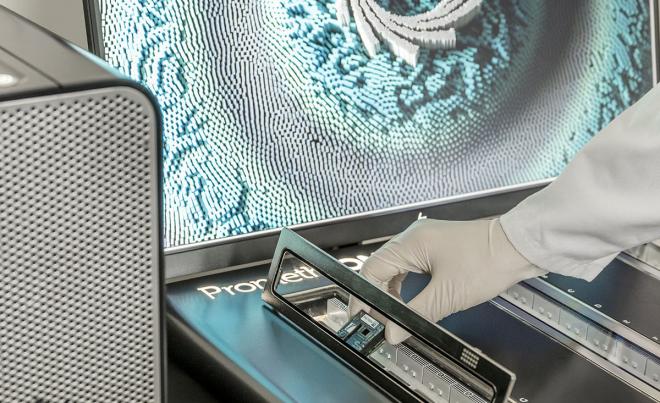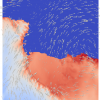Delving deep into genomes
The Challenge:
Scientists and researchers have teamed up with REANNZ and NeSI to unlock the tightly held secrets of naturally occurring organisms, from microbes to hops.The Solution:
The PromethION genome sequencer offers users high-output, high-throughput sequencing of RNA and DNA. It’s being used as part of a collaboration between Lincoln University, Bragato Research Institute, REANNZ and NeSI.The Outcome:
The data generated using PromethION will give deeper insights into natural life. It will allow researchers to delve into the genomes of naturally occurring organisms, from microbes to hops.
Genome sequencing maps the genetic information of an individual or population. It provides a wealth of information about the character of biological subjects. Genome sequencing is used widely in research and industry, from characterising the evolution of brewer’s yeast, to protecting native species, to understanding the cause of genetic diseases.
Population-level insights for globally significant research requires specialist technology. Specialist technology requires dedicated support and cross-institute cooperation.
In Aotearoa New Zealand, as part of a collaboration between Lincoln University, Bragato Research Institute, REANNZ and NeSI, a state-of-the-art Oxford Nanopore PromethION genome sequencer is being used to provide high-output, high-throughput sequencing of RNA and DNA.
Powering genome investigations
Two research projects are already set to benefit from this advanced sequencing technology.
Associate Professor Chris Winefield at Lincoln University researches horticultural species such as grapes and hops. He focuses on molecular and functional genomics approaches to investigate the role of transposons in crop evolution. Transposons are sometimes called jumping genes. They are segments of DNA that can change location to alter a plant’s genetics. Mapping the genomes of horticultural crops allows agriculturalists to breed new traits.
Dr Darrell Lizamore of Bragato Research Institute leads the New Zealand Grapevine Improvement programme. He uses genome sequencing to characterise beneficial traits from genetic diversity within grapevine. This supports developing a future-proof wine industry – a $2 billion industry in Aotearoa New Zealand. Vintners could use the research to select grape traits that respond to changing needs. These include climate resilience, market opportunities and biosecurity threats.
“PromethION will allow us to screen thousands of vines for new genetic traits, massively improving the efficiency of our programme. It will also enable our team to develop expertise with this technology, opening the possibility for new ideas and collaborations,” Dr Lizamore said.
Collaboration in action
Funded by Bragato Research Institute, the PromethION platform is hosted at Lincoln University. It connects directly to the dedicated research and education network operated by REANNZ. This allows for uninterrupted access to the compute processing capability provided by NeSI.
The PromethION instrument enables higher sequencing throughput than the more familiar MinION and GridION sequencers used by the community. PromethION is capable of running 24 specialist flow cells. This produces Terabytes data, as each flow cell can run independently, generating up to 290 Gigabases of sequence data in a single run.
Enabling sharing across institutions
REANNZ connected the PromethION instrument directly to its core network through a dedicated hardware connection to its PoP (Point of Presence). This provides access to national connections and the global web of interlinking NRENs. The next step is to ensure the platform can communicate to essential offsite storage via Globus. This enables sequence data sharing across institutions and initial testing has been very successful.
The 5GB switch allows the transfer of data very quickly from the local PromethION storage drive to the NeSI’s High Performance Computing facility, where it can be analysed, shared and stored.
Dinindu Senanayake from NeSI’s Application Support team has been impressed with the performance so far.
“Once the data gets on to our filesystem, the workflow uses NeSI’s A100 GPUs to execute the first step of the analysis at lightning speed," says Dinindu. "This enables sequencing as a service for clients by minimising the challenge of getting the results to the research group.”
Boosting national capability
The data generated using PromethION will give deeper insights into natural life. It will allow researchers to delve into the genomes of naturally occurring organisms, from microbes to hops.
This collaboration boosts Aotearoa New Zealand’s sequencing capability and will allow the democratisation of access for an ever-increasing range of research teams across the sector.
Access to PromethION DNA sequencing is now available to Aotearoa New Zealand’s researchers. For more information on the sequencer and how you can apply it to your project contact sequencing@bri.co.nz.
Do you have an example of how NeSI platforms or support advanced your research? We’re always looking for projects to feature as a case study. Get in touch by emailing support@nesi.org.nz.







